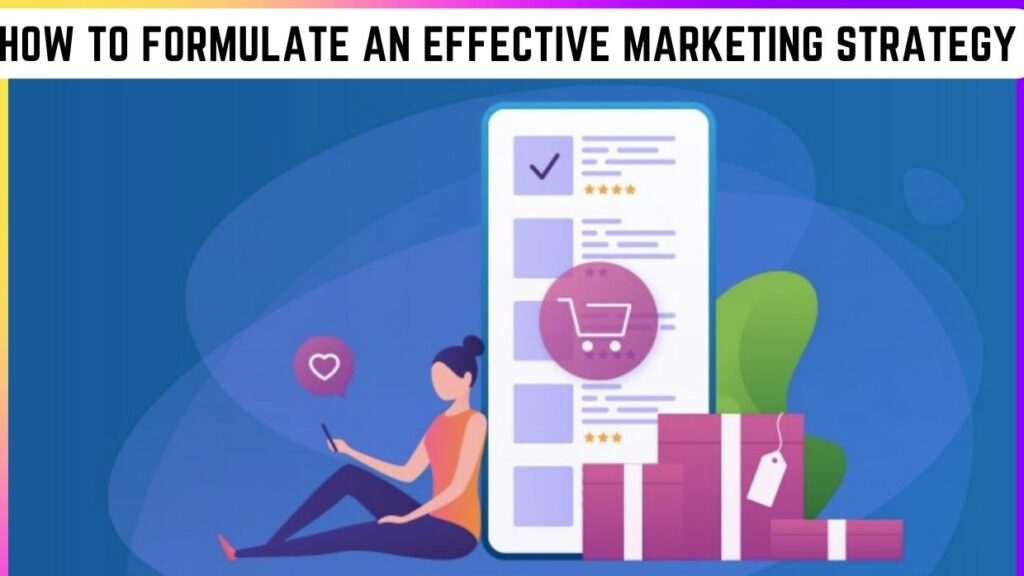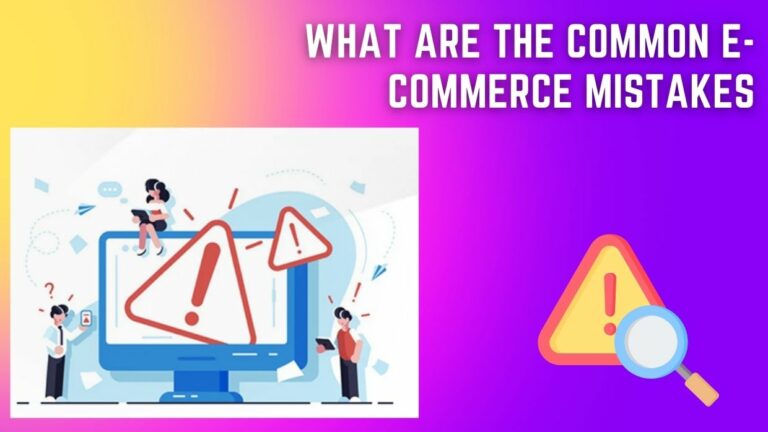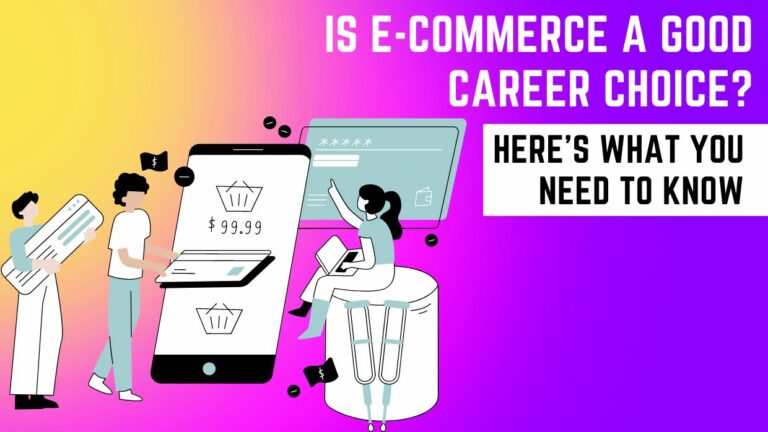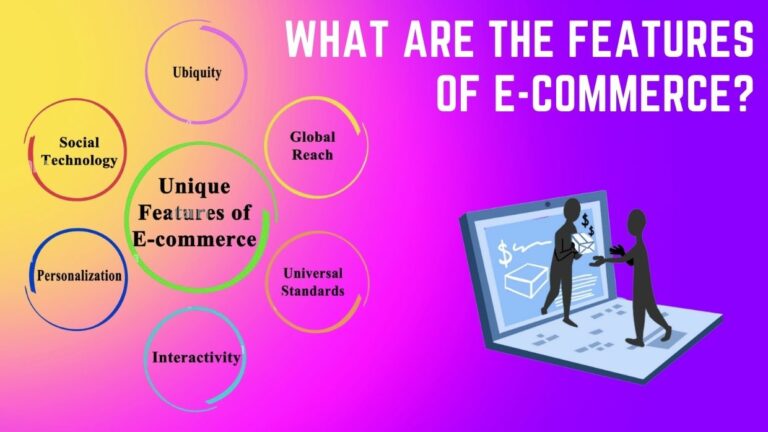The 3 Core Pillars Of A Successful E-Commerce Business
In this article, we look at “The 3 Core Pillars Of A Successful E-Commerce Business” and how they can help you create a successful online store. If you want to build a successful e-commerce business, there are three fundamental pillars that you must master in order to succeed. Learn more about the importance of product selection, marketing strategies, and customer service in order to maximize your online presence!
What are the three core pillars of a successful e-commerce business?
There are three core pillars of a successful e-commerce business: product, price, and promotion.
Product: A great e-commerce product is one that solves a problem for the customer or meets a need they didn’t even know they had. It’s important to have a deep understanding of your target market and what they want or need before investing time and money into developing a product. Once you have a great product, make sure it’s priced competitively.
Price: In today’s competitive e-commerce landscape, customers are looking for the best deal possible. They’re price-conscious and will compare shops until they find the perfect balance of quality and price. Make sure your prices are in line with your competitors but also offer value that justifies any premium you may charge.
Promotion: Even the best products will fail if they’re not properly promoted. You need to create awareness for your brand and get people talking about your product. There are many ways to promote your e-commerce business, but some of the most effective include content marketing, social media marketing, and search engine optimization (SEO).
How to formulate an effective marketing strategy

There are many factors to consider when formulating an effective marketing strategy for your e-commerce business. Here are a few key points to keep in mind:
- Know your target audience. This is perhaps the most important step in developing your marketing strategy. You need to know who you are selling to and what they want or need before you can create an effective campaign.
- Define your goals. What do you want to achieve with your marketing efforts? Do you want to increase sales, brand awareness, or both? Once you know your goals, you can develop a plan to reach them.Choose the right channels. There are a variety of ways to reach your target audience these days, so it’s important to choose the channels that will work best for you. Consider paid advertising, social media, email marketing, and even offline methods like print or TV ads.
- Create compelling content. Your marketing messages need to be attention-grabbing and interesting if you want people to pay attention and take action. Invest time in creating high-quality content that will resonate with your audience.
- Monitor and adjust as needed. Be sure to keep track of your results so that you can see what’s working and what isn’t. Adjust your strategy as needed based on your findings until you achieve the desired results .
By following these steps, you should be able to develop a successful marketing strategy for your e-commerce business.
The Ultimate Guide To E-Commerce Marketing Strategies For Maximum Results
Utilizing customer feedback to improve customer experience
Customer feedback is one of the most valuable tools that e-commerce businesses have at their disposal. By listening to what your customers are saying, you can make improvements to your customer experience that will lead to repeat business and happier customers.
There are a few key ways to collect customer feedback, such as through surveys, customer service interactions, and social media. Once you have this feedback, it’s important to take the time to review it and see where there are opportunities for improvement.
One way to improve customer experience is by making it easy for them to give feedback. This could mean having a link to a survey on every page of your website or providing a contact form on your customer service page. Making it easy for customers to give feedback will help you get more detailed and actionable insights.
Another way to use customer feedback to improve customer experience is by using it to inform your product development decisions. If you’re constantly hearing from customers that they wish your products had X feature, then it’s worth considering adding that feature in future iterations. Listening to your customers and making changes based on their feedback will show them that you’re invested in their satisfaction.
Finally, don’t forget about using customer feedback to improve your marketing efforts. If you hear from customers that they love a certain product but didn’t know about it until they saw it on social media, then you know you need to step up your marketing game.
By utilizing customer feedback, you can make informed decisions about how to improve your customer experience and keep customers coming back for more.
Designing a user-friendly website and shopping cart
A user-friendly website and shopping cart are the core pillars of a successful e-commerce business. If your website is not easy to use or your shopping cart is not user-friendly, you will lose customers.
Here are some tips for designing a user-friendly website and shopping cart:
- Make sure your website is responsive. A responsive website will adjust to any screen size, making it easy for customers to use on any device.
- Use clear and concise text. Your website should be easy to read and understand. Use bullet points and short paragraphs to make your content easy to scan.
- Include customer testimonials. Customer testimonials build trust and show potential customers that others have had a positive experience with your business.
- Use high-quality images. Images should be clear and professional looking. They should also be relevant to the products or services you offer.
- Make sure your shopping cart is easy to use. Your shopping cart should be intuitive and easy to navigate. Include customer support information in case customers have questions or encounter problems during checkout.
Building a strong online presence with social media
In order to build a strong online presence for your e-commerce business, you need to make use of social media. This is one of the most important core pillars of a successful e-commerce business. Social media can help you reach out to potential customers, create brand awareness, and drive traffic to your website.
There are various social media platforms that you can use for your e-commerce business, such as Facebook, Twitter, Instagram, and Pinterest. Each platform has its own unique features and capabilities that you can leverage to reach your target audience.
When using social media for your e-commerce business, it’s important to create quality content that is relevant and interesting to your target audience. You should also consider using paid advertising on social media platforms to reach a wider audience and drive more traffic to your website.
Utilizing analytics to track performance
In order to make sure your e-commerce business is successful, you need to utilize analytics to track performance. This will allow you to see how well your site is doing, what areas need improvement, and where your customers are coming from.
There are a number of different analytics tools available, but we recommend Google Analytics because it’s free and easy to use. Once you have it set up on your site, take some time to explore the different reports and learn how to interpret the data.
Remember, your goal is to get more visitors to convert into customers, so look at metrics like bounce rate and time on site to see if people are leaving your site without buying anything. Also, track where your traffic is coming from (e.g., organic search, social media, referrals) so you can focus your marketing efforts in the right places.
Learn more… E-Commerce Business Models: Which One Is Right For Your Store?
Conclusion
In conclusion, the three core pillars of a successful e-commerce business are customer service, marketing and product selection. By focusing on these three areas you can ensure that your customers have an enjoyable shopping experience and will be more likely to return and purchase from your store in the future. As with any business venture, it is important to keep up with industry trends and invest in the tools necessary to make sure your online store stays competitive and profitable. With hard work and dedication, you can build a successful e-commerce business that stands out from the crowd.







